The golden rule of blue bag recycling is that all recyclables must be clean and dry and contained in a blue recycle bag.
The materials in the table below are accepted in blue recycle bags for proper and safe disposal.
The golden rule of blue bag recycling is that all recyclables must be clean and dry and contained in a blue recycle bag.
The materials in the table below are accepted in blue recycle bags for proper and safe disposal.
For more information, please call the Eco Smart Hotline at (780)-980-7107 or check the Recycle Coach App.
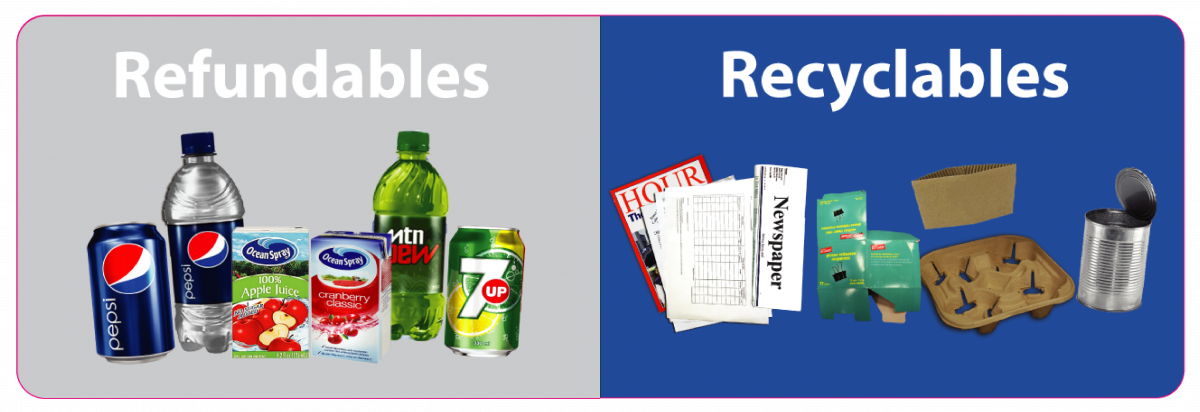
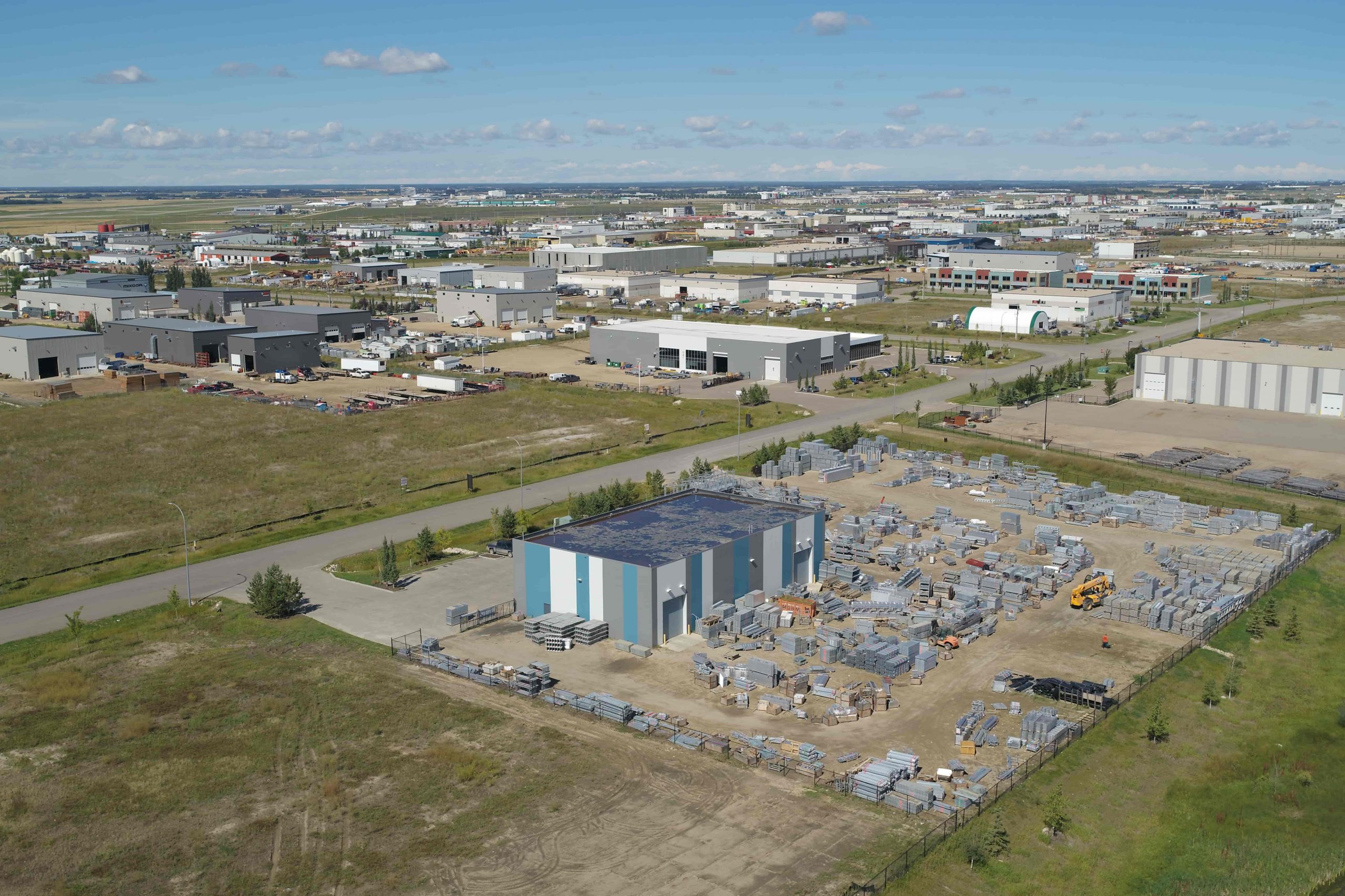
Place loose materials in the blue bag.
Break down all boxes so they are flat.
Cut up larger boxes. The maximum size of cardboard pieces which will be picked up is 2′ x 3′.
Rinse all plastic and tin materials.
Fold tin can lids inside the can if the lid is still attached, or place detached lids inside the can.
Never recycle a loose, sharp lid because of the safety risk to the sorting staff.
Rinse metal lids from glass jars.
Remove hardcovers from books.
The maximum allowable weight of a blue bag out for collection is 26 kg.
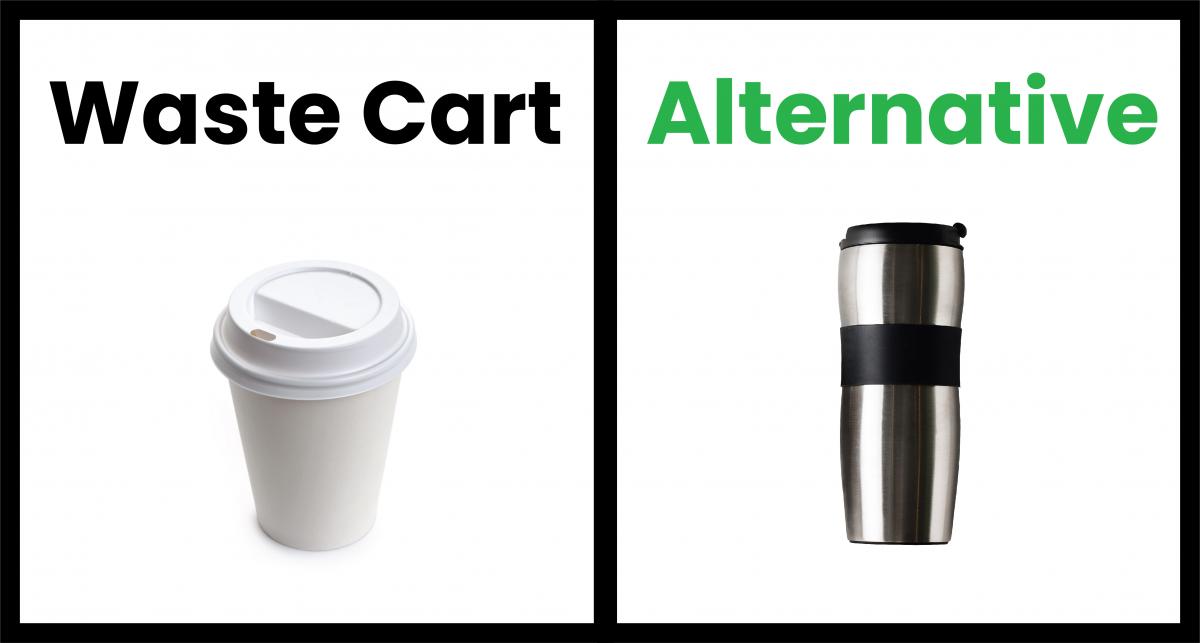
Paper containers coated with plastic are typically used in the food and drink packaging industry to prevent product leaks. For example, paper coffee cups, cardboard ice cream cartons, fountain pop cups, and Tetra pack food containers (e.g., soup broth) are commonly lined with plastic. These items are not accepted in the blue bag and should be placed in your waste cart.
Yes! Glossy items such as magazines, cracker boxes, paper gift bags (remove the string handle), shoe boxes, or cereal boxes can be placed in the blue bag. Please remove any non-paper inserts or additional packaging before putting it in your blue bag.
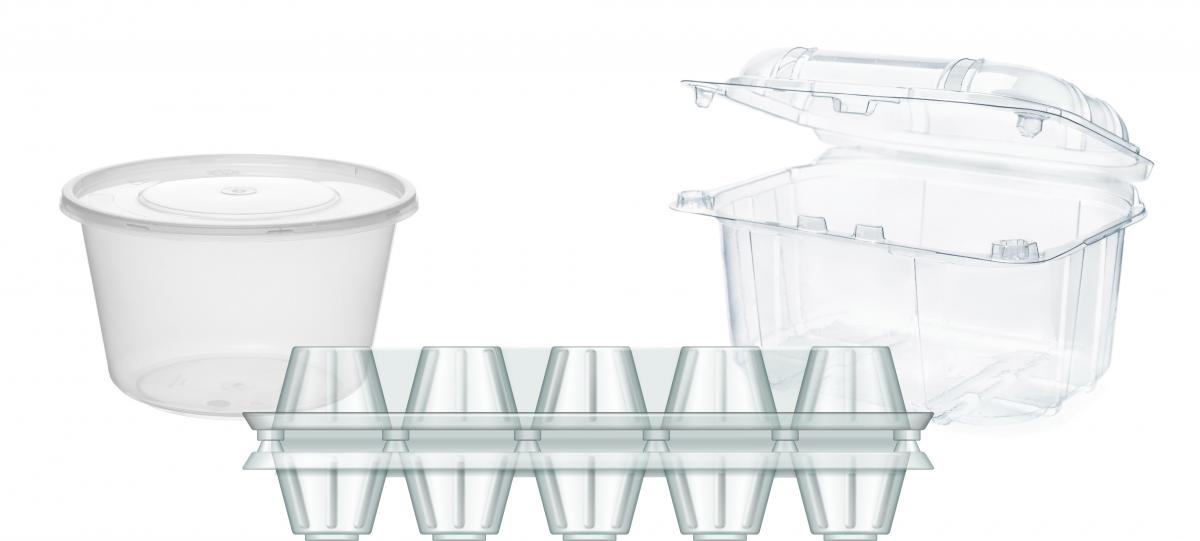
A clamshell is a container made from soft, flexible plastic. Clamshells are often used as take-out containers and are commonly used to package berries, bakery goods, deli salads, and sandwiches. These items are accepted in the curbside blue bag program.
Products made from cardboard or paper and lined with aluminum or plastic are not accepted in the blue bag and should be placed in your waste cart. Examples include cardboard spiral containers used for frozen juice, cookie dough, chips, and cleaning products. Clean metal lids from these products are accepted in the blue bag for recycling.
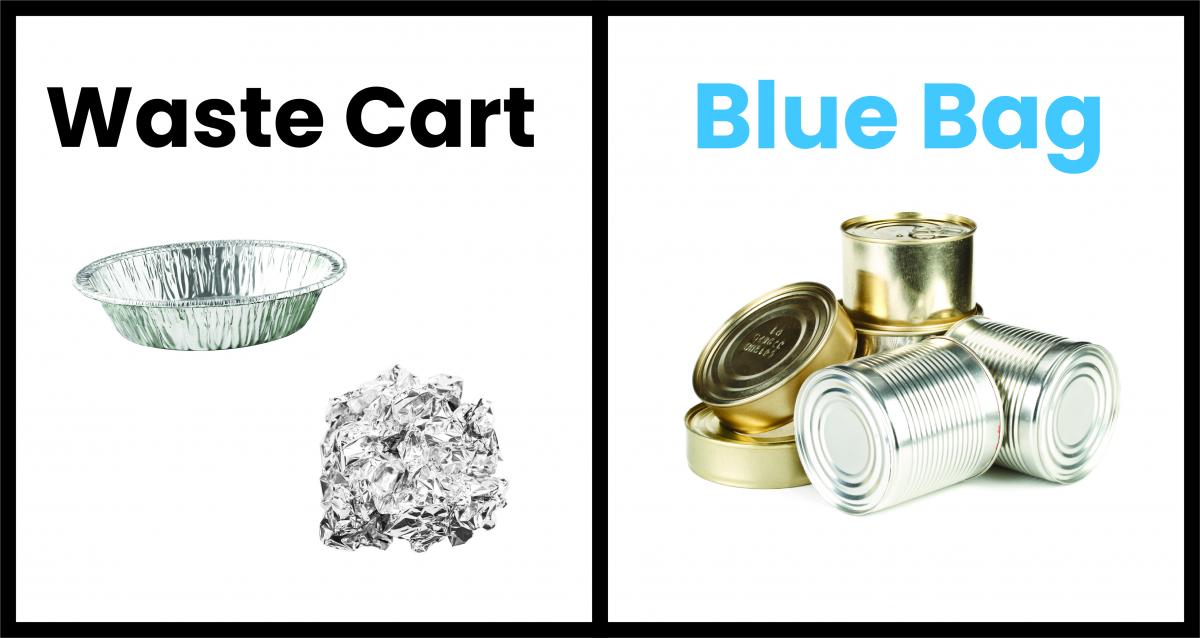
Soft, flexible aluminum and tin products such as aluminum/tin foil, pie plates and take-out containers are considered single-use products. They are typically made up of mixed materials, or they are too dirty after use to recycle. Please place them in your waste cart. Rigid aluminum and tin items such as soup cans, cat or dog food cans, or coffee tins are still recyclable, provided they are rinsed and cleaned. Please place metal lids inside the cans to prevent injuries. Labels on cans are accepted in the blue bag.
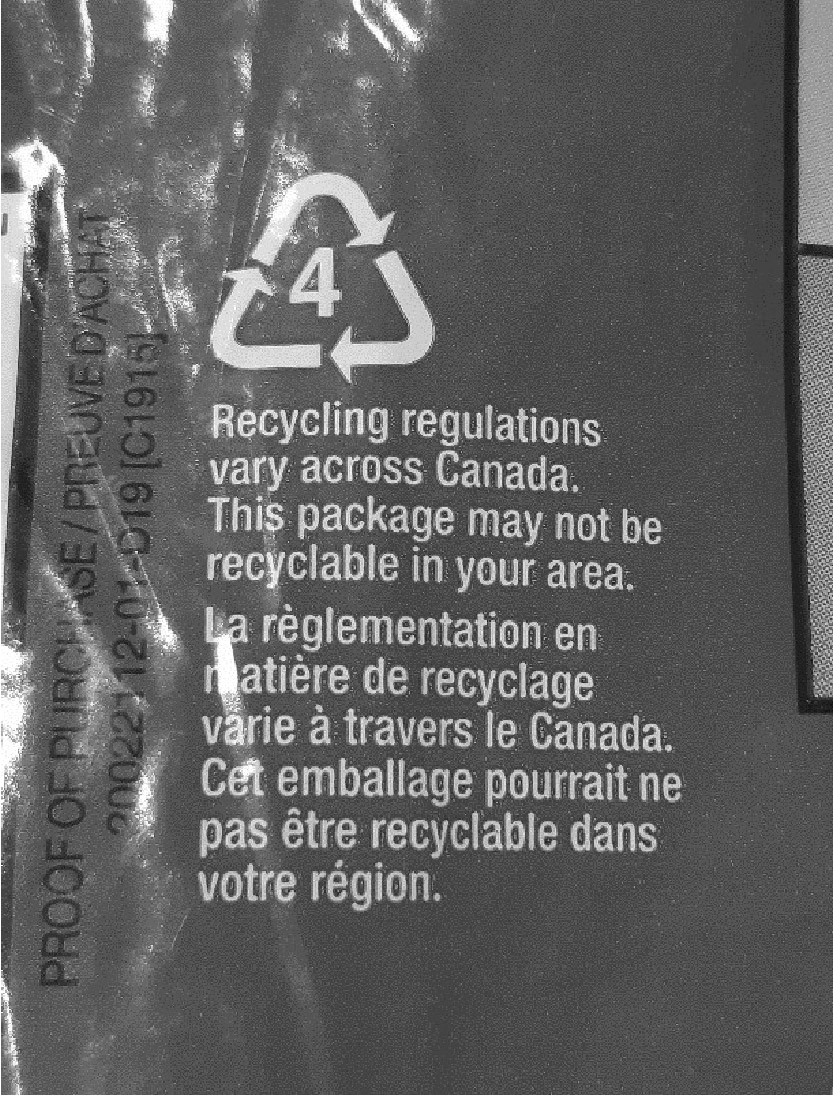
Due to ongoing and evolving changes in the global recycling market, local recycling programs do not collect the same materials. Material may not necessarily have a market to be recycled in our local program.
Golden Rule: In Leduc, soft and flexible plastics such as plastic bags, clamshell containers, individual yogurt containers, and plastic coffee lids should be placed in the waste cart. Clean, rigid plastics such as condiment containers and laundry soap containers can continue to be recycled in your blue bag.
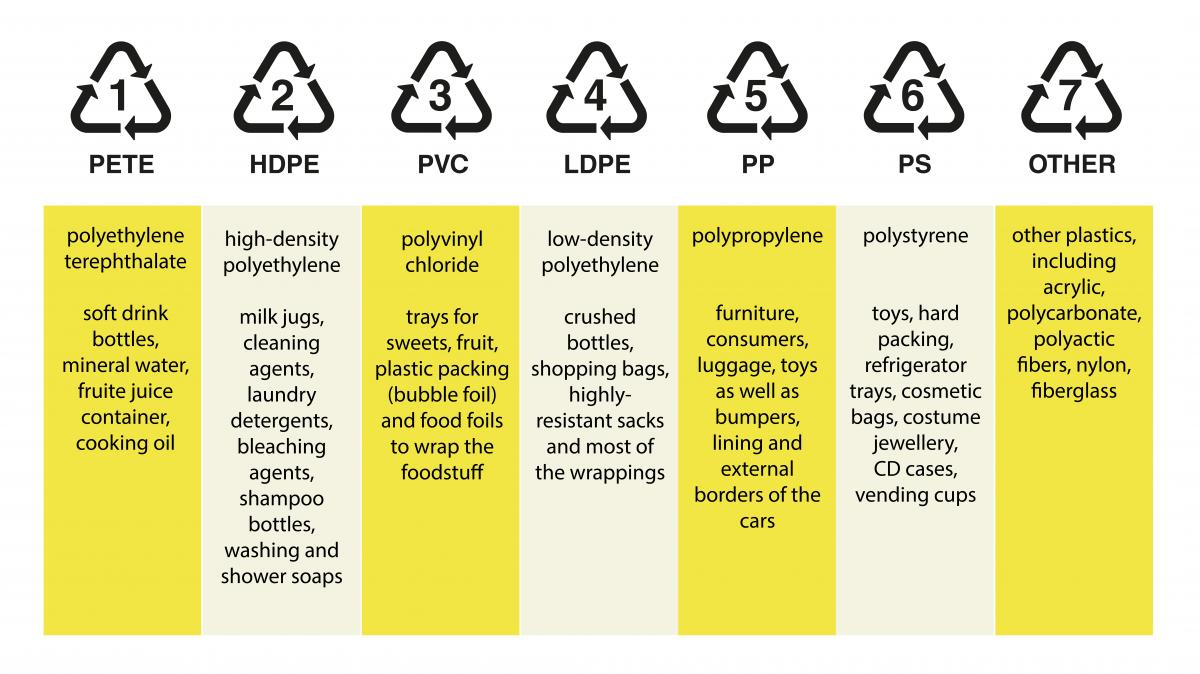
The triangle recycling symbol with a number inside ranging from 1 to 7 is called a Resin Identification Code and represents the different types of plastics in the material. Generally, Number 1s and 2s can be recycled, but the code is not always a suitable indicator, as recycling rules vary in different regions. The presence of a triangle recycling symbol or a code on a plastic does not necessarily mean it is recyclable. City of Leduc residents can for our specific recycling rules.